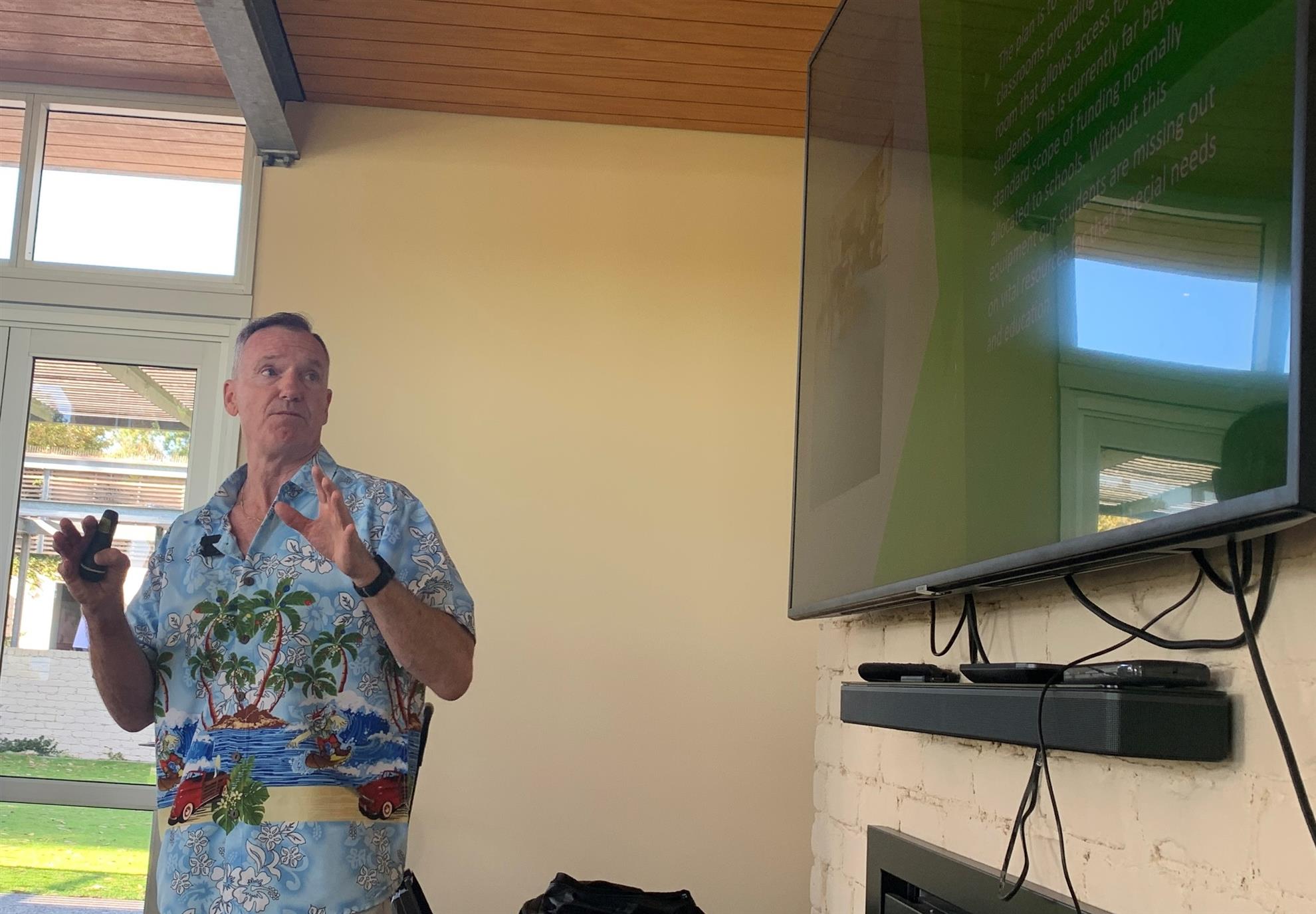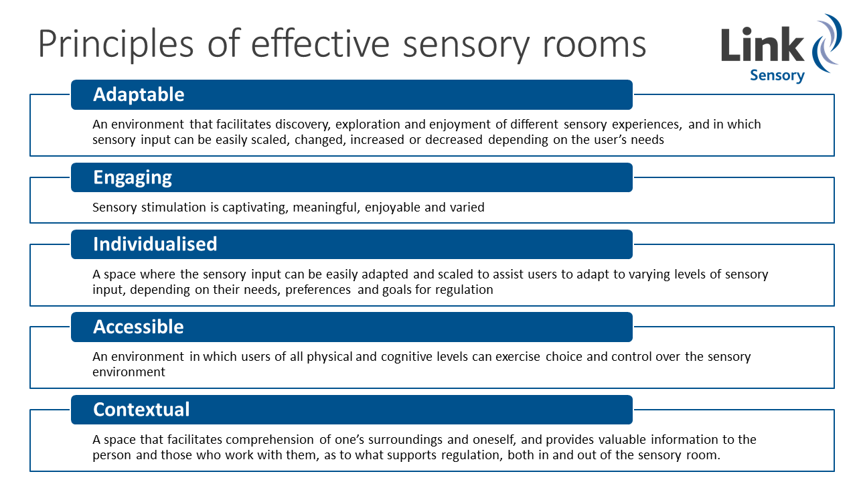 Last meeting's guest speaker was Cranston Collis who is the Principal of the Kensington Secondary School. Cran is reaching out in the hope of receiving support to purchase several items needed to address the sensory, social, emotional and academic needs of their students at Kensington Secondary School. They are a school that caters for year 7 to 13 students with special needs.
Last meeting's guest speaker was Cranston Collis who is the Principal of the Kensington Secondary School. Cran is reaching out in the hope of receiving support to purchase several items needed to address the sensory, social, emotional and academic needs of their students at Kensington Secondary School. They are a school that caters for year 7 to 13 students with special needs.The plan is to refurbish one of their current classrooms providing a safe multi-sensory room that allows access for all their students. This is currently far beyond the standard scope of funding normally allocated to schools.Without this equipment their students are missing out on vital resources for their special needs and education.
Following Cran's presention he has provided additional information as follows:
Dear Applecross Rotarians,
Thank you for listening to my presentation last Tuesday morning. I feel the need to follow up as from the questions I received I realised I had made some assumptions regarding the level of understanding with regards to what a sensory room actually is. I apologies for being in my ‘special needs bubble’ and thank you for the questions that made me realise this. I will endeavour to clarify for you a little better with this brief follow up address.
A Sensory room is a purpose-built facility that can be controlled to suit the individual needs of someone who may be dysregulated or feeling anxious or even out of control as a result of something in their day to day environment.
We all receive information from our environment and process this information without the need to directly attend to it. We move, see, touch, smell and taste without realising our brain is actually carrying on a multitude of processes to allow these things to happen automatically or subconsciously, this is called sensory processing. People who have problems with this have what is known as Sensory Processing Disorder. To have a diagnosis means you are unable to function without some kind of assistance. This may be in one or more of the sensory areas. One example, common to students with special needs, relates to touch and fine motor sensory processing. This presents with a student having difficulty in holding a pencil (writing), using the correct pressure (constantly breaking pencil).
Considering another example, a student with Autism may find the noise of the classroom overwhelming. Removing them to a calm place where their favourite music can be played at their desired volume or images of an underwater seascape can be projected onto a wall and viewed. This acts as a powerful tool for returning the student to a mental state wear they are much less likely to engage in out of control violent or dangerous behaviour. It also means parents are not called as frequently to collect their child, having to leave work or lose much needed respite. Staff are also given another extremely effective behaviour management tool, decreasing the chance of being assaulted or injured and the resulting sick, workers compensation or stress leave. The student is also much more likely to be able to reengage in class learning activities.
The multi-sensory room provides a multitude of learning experiences other than learning to control behaviour through the soothing of the five senses. It also helps to build key developmental skills such as cause and effect, hand eye coordination and fine motor skills.
I hope this has helped with some of the points raised on Tuesday morning. Please feel free to email me for more clarification or more questions. Thanks.
cran.collis@education.wa.edu.au
Thank you for listening to my presentation last Tuesday morning. I feel the need to follow up as from the questions I received I realised I had made some assumptions regarding the level of understanding with regards to what a sensory room actually is. I apologies for being in my ‘special needs bubble’ and thank you for the questions that made me realise this. I will endeavour to clarify for you a little better with this brief follow up address.
A Sensory room is a purpose-built facility that can be controlled to suit the individual needs of someone who may be dysregulated or feeling anxious or even out of control as a result of something in their day to day environment.
We all receive information from our environment and process this information without the need to directly attend to it. We move, see, touch, smell and taste without realising our brain is actually carrying on a multitude of processes to allow these things to happen automatically or subconsciously, this is called sensory processing. People who have problems with this have what is known as Sensory Processing Disorder. To have a diagnosis means you are unable to function without some kind of assistance. This may be in one or more of the sensory areas. One example, common to students with special needs, relates to touch and fine motor sensory processing. This presents with a student having difficulty in holding a pencil (writing), using the correct pressure (constantly breaking pencil).
Considering another example, a student with Autism may find the noise of the classroom overwhelming. Removing them to a calm place where their favourite music can be played at their desired volume or images of an underwater seascape can be projected onto a wall and viewed. This acts as a powerful tool for returning the student to a mental state wear they are much less likely to engage in out of control violent or dangerous behaviour. It also means parents are not called as frequently to collect their child, having to leave work or lose much needed respite. Staff are also given another extremely effective behaviour management tool, decreasing the chance of being assaulted or injured and the resulting sick, workers compensation or stress leave. The student is also much more likely to be able to reengage in class learning activities.
The multi-sensory room provides a multitude of learning experiences other than learning to control behaviour through the soothing of the five senses. It also helps to build key developmental skills such as cause and effect, hand eye coordination and fine motor skills.
I hope this has helped with some of the points raised on Tuesday morning. Please feel free to email me for more clarification or more questions. Thanks.
cran.collis@education.wa.edu.au
